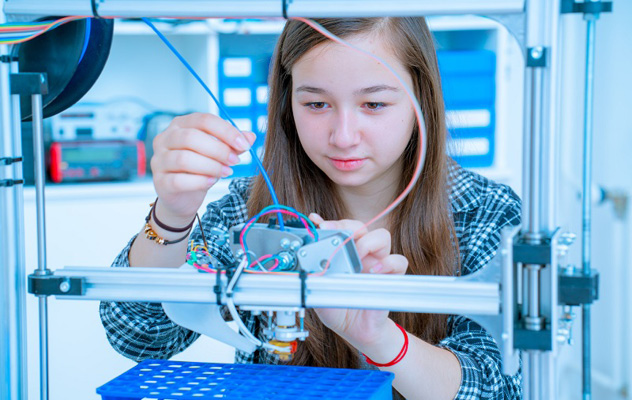
Wriiten by Chris Elsworthy, CEO of CEL and creator of the Robox 3D printer
It feels like we’ve all been excited about 3D printing for a long time. For years it’s been the hot new thing on the horizon - a technology which will turn us into a world of makers designing and creating our own creations.
While the excitement amongst industry tech commentators may have waned slightly in the last year, it definitely hasn’t amongst kids and in schools.
As 3D printers which are both affordable and easy to use have entered the market, the technology is increasingly within the reach of any school. Lessons in design and manufacturing can now be provided at a fraction of the cost, without the need for an expensive design and technology laboratory. What this ultimately means is that a technology which in the long term has the ability to trigger a new industrial revolution is now getting into the hands of a new generation.
The advantages of 3D printers are clear. Many are created to be safe, so that a wider range of pupils can use them. This is critical to ensuring that students of all ages can use the latest advances in technology, and so that their designs can be digitally transferred and safely printed away from potentially clumsy hands. Being able to teach the principles of design and manufacturing to younger children is vital to getting them excited about the subject early on - and could encourage thousands more to further education and careers in STEM.
3D printers also need not be limited to specifically set design and technology classes. In the same way that elements of computing now permeate into lessons across the curriculum, design and 3D printing can play a part in a diverse range of subjects, whether it be printing models of rivers and volcanoes for geography, or models to measure centres of gravity in physics. We need to stop thinking that STEM subjects are restricted to specific subjects and end when children leave a lab.
Finally, having more lessons on design and making your own things can be hugely significant for students who may struggle with traditional written or mathematical skills. Particularly when it comes to dyslexic pupils, who are prone to being overlooked by a primary school syllabus which focuses on spelling and times tables, having lessons in design can give them an opportunity to really shine.
Many of the world’s best engineers and scientists are dyslexic, and their talents only truly nurtured later on in their education. Access to 3D printers can give these more visual or tactile learners an outlet for creativity, and to show off their amazing talents that could put them on a path to be the product and design leaders of tomorrow.

